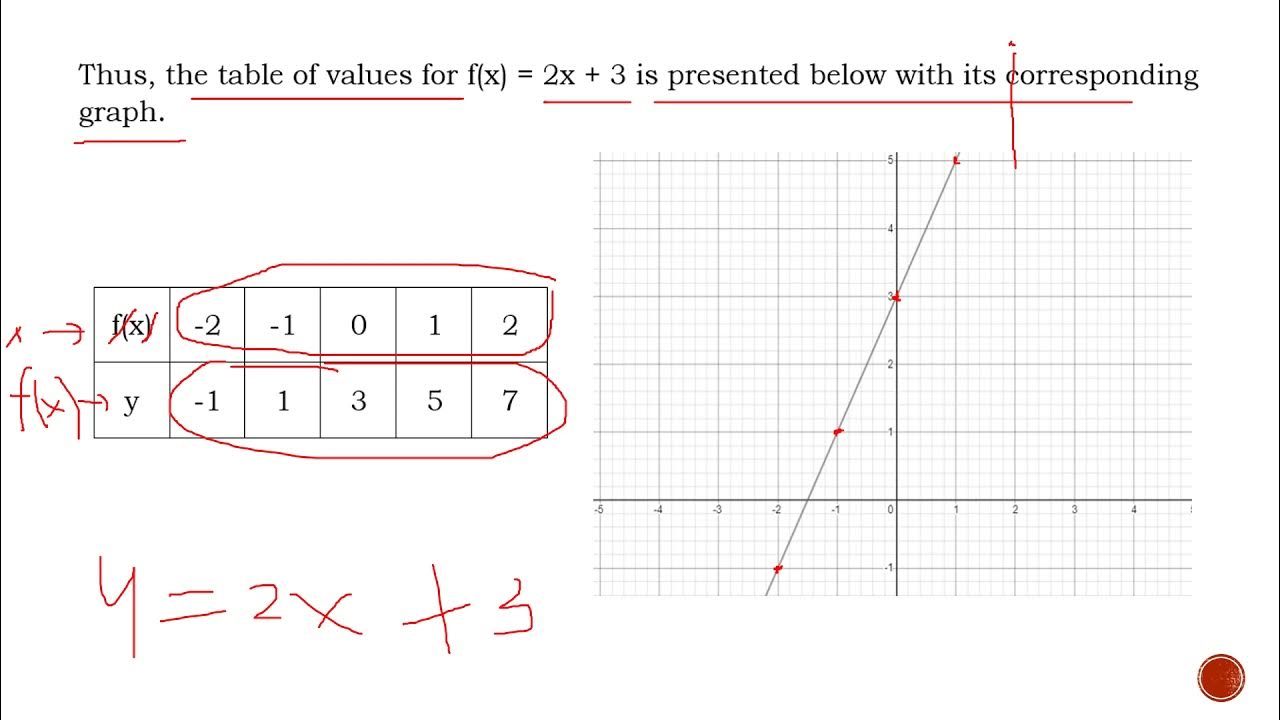Climographs and the major biomes climates
Summary
TLDRIn this video, the concept of climate graphs is explained, where both temperature and precipitation are represented on the same graph. The script explores the climate graphs of different biomes, including deserts, grasslands, savannas, deciduous forests, taigas, and tundras. Each biome’s unique characteristics, such as temperature fluctuations and rainfall patterns, are highlighted. The video emphasizes the differences between the seasons and rainfall levels in each biome, providing a comprehensive overview of how climate graphs reflect the environmental conditions of these regions.
Takeaways
- 😀 Climate graphs represent both temperature and precipitation on the same graph, with temperature on the left (Celsius) and precipitation as a bar graph on the right (millimeters).
- 😀 Desert biomes have warm or hot temperatures that don't fluctuate much throughout the year, with very little to no rainfall.
- 😀 Grasslands in North America experience little rainfall in the winter, and a significant amount in the summer. They have four seasons: cold winters and hot summers.
- 😀 The Savanna biome has steady temperatures, ranging from warm to hot, and features distinct rainy and dry seasons.
- 😀 The Deciduous Forest biome has seasonal temperature fluctuations, with mild winters and summers, and consistent rainfall throughout the year.
- 😀 Taiga biomes are similar to deciduous forests but experience colder winters and milder summers.
- 😀 The Tundra is the coldest biome, with temperatures warming up only slightly in summer to 10-15°C. Most rainfall occurs in the summer, but it remains steady year-round.
- 😀 Climate graphs for biomes provide insights into temperature ranges and precipitation patterns specific to each environment.
- 😀 Each biome's climate graph is useful for identifying the key seasonal patterns and understanding how temperature and precipitation interact.
- 😀 Understanding climate graphs helps in comparing and contrasting different biomes, highlighting their unique climatic conditions.
Q & A
What is a climate graph?
-A climate graph is a graph that shows both temperature and precipitation for a specific region, with temperature typically on the left in Celsius and precipitation represented by a bar graph on the right in millimeters.
What distinguishes the desert biome's climate on a climate graph?
-The desert biome is characterized by warm or hot temperatures that do not fluctuate much throughout the year, and it has very little or no rainfall.
How does the precipitation pattern in a North American grassland biome differ from a desert biome?
-Unlike the desert biome, the grassland biome receives some precipitation, particularly in the summer. The winters have little to no rainfall, whereas the desert has almost no precipitation throughout the year.
What is notable about the temperature pattern in a North American grassland?
-The temperature graph for North American grasslands shows four distinct seasons, with cold winters and hot summers, reflecting the seasonal changes in temperature.
How is the temperature in a savanna represented on a climate graph?
-The temperature in a savanna remains steady, ranging between warm and hot, throughout the year with minimal fluctuation.
What is the precipitation pattern like in the savanna biome?
-The savanna experiences a distinct rainy season and a dry season, with minimal change in temperature throughout the year.
What is the key feature of the precipitation graph for a deciduous forest?
-The precipitation graph for a deciduous forest shows a steady amount of rainfall throughout the year, unlike the seasonal rainfall seen in some other biomes.
How does the temperature in a deciduous forest compare to that in a taiga?
-Both the deciduous forest and taiga experience four distinct seasons, but the taiga has colder winters and slightly cooler summers than the deciduous forest.
What is the primary difference between the temperatures in a tundra and other biomes?
-The tundra has the coldest temperatures, with only a slight increase in summer, reaching a maximum of 10-15°C, much lower than most other biomes.
How does precipitation in the tundra compare to other biomes?
-Most of the precipitation in the tundra occurs in the summer, but it remains relatively steady and low throughout the year compared to other biomes like deciduous forests or grasslands.
Outlines

This section is available to paid users only. Please upgrade to access this part.
Upgrade NowMindmap

This section is available to paid users only. Please upgrade to access this part.
Upgrade NowKeywords

This section is available to paid users only. Please upgrade to access this part.
Upgrade NowHighlights

This section is available to paid users only. Please upgrade to access this part.
Upgrade NowTranscripts

This section is available to paid users only. Please upgrade to access this part.
Upgrade NowBrowse More Related Video

Graph Terminology || Types of Graphs || Graph Theory || Complete Graph || Regular Graph || DMS || DS

Matematika Diskrit | Graf Bagian II - 01 : Graf Lengkap, Graf Lingkaran, Graf Teratur, Graf Bipartit

Plotting Your Distance-Time Graph

REPRESENTATIONS OF AN INVERSE FUNCTIONS | General Mathematics | Quarter 1 - Module 13

What is a Hamilton circuit?

03 representasi - incidence matrix
5.0 / 5 (0 votes)